Technology advances for better speed
Published on November 4th, 2020
Armel Le Cléac’h won the 2016-17 Vendée Globe in a record time of 74 days, but advances for the 2020-21 edition could reduce that time to a sub-70 mark. Here are the variables that will impact performance:
Foils are up to three times bigger:
“The obvious evolution of foils is in their size,” explains Armel Le Cléach. “Four years ago we were just in the early stages of these new appendages. But the surface areas have changed a lot.” Foils are developed now to a fourth generation lifting the hulls to ‘fly’ in as little as 12 knots of wind.
And since the last edition, the IMOCA Class has also allowed the foil to now rotate up to five degrees: in the horizontal plane “This is a major change to go faster upwind which was not the case before,” emphasizes Antoine Mermod, president of the IMOCA Class.
Sensors for reliability, safety and performance:
Fiber optic sensors have been installed on all elements that are under stress to transmit vital information to the skipper’s data centre.
Sébastien Josse, who works with Nicolas Troussel (CORUM L’Epargne), explains how the real secret of success on this race is the skipper setting his or her level, the ‘cursor’ in the right place. “Maintaining high average speeds over a long time while staying within accurately measured chosen limits is now possible thanks to the sensors.
“Thanks to the fibre optics, the skipper knows the dynamic loads instantly and, for example, the deformations of the foil or the slamming loads on the hull. Nothing is left to chance, the teams are getting more and more sophisticated. On board foilers, the Vendée Globe is much now about rapid data collections and processing as it about sail and foil shapes.”
On board HUGO BOSS, 350 sensors are distributed throughout the boat, from the rudders to the hull, including the rigging and foils. Knowing that alarms are triggered if the thresholds are reached, especially where rig loads are concerned. The one design rigs on all the modern foiling IMOCAs are considered to the weak link, by design, which limit the righting moment power which can be utilized.
Autopilots artificial intelligence making the biggest difference:
Data collection, processing, machine learning along with advanced algorithms has made it possible to significantly develop the pilots. For a long time now the skipper has hand steered much less than the pilot but there have been significant advances on this 2020 edition.
Thanks to the sensors, the autopilots understand the boat’s movements to detect yaw, pitch, and roll. As the speed of the boats has increased considerably, the way of sailing has changed: the pilot now manages the course according to keeping the apparent wind angle and speed more constant and has learned to anticipate what the boat needs to maintain this optimum speed and angle, taking care of keeping the boat in flight, while the skipper concentrates on the adjustments.
A new application of advanced artificial intelligence makes the level of work and interaction required – trimming sails and foils – by the skipper manageable rather than impossible.
Safer boats, safer sailors:
Might the image of the weather-beaten, salt encrusted race finisher be a thing of the past? The fast foiling skipper will now come ashore having spent most of their time fully protected, spending much more time ‘indoors’ than on deck.
“Alex Thomson has gone to the extreme of the concept by having this living and working area inside. He watches the sails and the sea on screens thanks to a battery of on-board cameras. There is no real feeling of wind and spray anymore. It’s quite disturbing though!”considers Yann Eliès, winner of the last Transat Jacques Vabre with Charlie Dalin on APIVIA and who was fifth in the Vendée Globe in 2016.
In the area of safety several systems have been developed to reduce the chances of hitting OFNIS (unidentified floating objects) or cetaceans which have, over the years, caused many breakages and retirals.
OSCAR is a box installed at the top of the mast comprising three cameras, two of which are thermal cameras linked to an advanced artificial intelligence programme, making it possible to detect an object measuring from 4 to 150 m up to 600 m in front of the boat. On this ninth edition of the Vendée Globe 18 IMOCAs are equipped with it (see video).
The Pinger system, a whale repellent, is in the process of being developed for ocean racing. Only three skippers have it on the keels of their boat. And on-board communications have further improved with new, more reliable antennas and above all better packages. Contact with land is therefore easier even if some don’t wish to use it much.
Sleep and energy levels are measured and optimized:
And at these higher than ever speeds the skipper’s sleep and physical condition are linked to sustained levels of performance. Thomas Ruyant (LinkedOut) has a belt which collects data constantly such as his pulse and heart rate during the race. The objective is to find a measure which reveals the level of fatigue and the need for recovery.
Similarly Alex Thomson uses portable devices and sensors to analyze his physical and mental state in real time, as others do, trying to ensure the skipper does not drop into the mental and physical red zone when performance slumps, mistakes happen and decision making is compromised.
Source: Vendée Globe
Race details – Skippers – Facebook
The Vendée Globe is the only sailing race round the world that’s solo, non-stop, and without assistance, and it is all systems go for the 9th edition on November 8, 2020. Beginning in 1989 with 13 entries, the start line this year has 33 skippers set to take off from Les Sables d’Olonne, France.
The development of the IMOCA Class toward foiling will see these boats hurl themselves around the world, teetering on carbon skates through inhospitable regions, chasing the record set in 2016-17 by Armel le Cléac’h of 74:03:35:46.
Participation history:
1989-90: 13 boats at the start
1992-93: 15 boats
1996-97: 15 boats
2000-01: 24 boats
2004-05: 20 boats
2008-2009: 30 boats
2012-2013: 20 boats
2016-2017: 29 boats
2020-2021: 33 boats
2020-21 Entries
Fabrice AMEDEO: NEWREST – ART & FENÊTRES
Romain ATTANASIO: PURE – BEST WESTERN
Alexia BARRIER: TSE – 4MYPLANET
Yannick BESTAVEN: MAÎTRE COQ IV
Jérémie BEYOU: CHARAL
Arnaud BOISSIÈRES: LA MIE CÂLINE – ARTISANS ARTIPÔLE
Louis BURTON: BUREAU VALLÉE 2
Didac COSTA: ONE PLANET ONE OCEAN
Manuel COUSIN: GROUPE SÉTIN
Clarisse CREMER: BANQUE POPULAIRE X
Charlie DALIN: APIVIA
Samantha DAVIES: INITIATIVES-CŒUR
Sébastien DESTREMAU: MERCI
Benjamin DUTREUX: OMIA – WATER FAMILY
Kevin ESCOFFIER: PRB
Clément GIRAUD: COMPAGNIE DU LIT / JILITI
Pip HARE: MEDALLIA
Boris HERRMANN: SEA EXPLORER – YACHT CLUB DE MONACO
Ari HUUSELA: STARK
Isabelle JOSCHKE: MACSF
Jean LE CAM: YES WE CAM !
Stéphane LE DIRAISON: TIME FOR OCEANS
Miranda MERRON: CAMPAGNE DE FRANCE
Giancarlo PEDOTE: PRYSMIAN GROUP
Alan ROURA: LA FABRIQUE
Thomas RUYANT: LINKEDOUT
Damien SEGUIN: GROUPE APICIL
Kojiro SHIRAISHI: DMG MORI
Sébastien SIMON: ARKEA – PAPREC
Maxime SOREL: V AND B – MAYENNE
Alex THOMSON: HUGO BOSS
Armel TRIPON: L’OCCITANE EN PROVENCE
Nicolas TROUSSEL: CORUM L’ÉPARGNE
Source: IMOCA




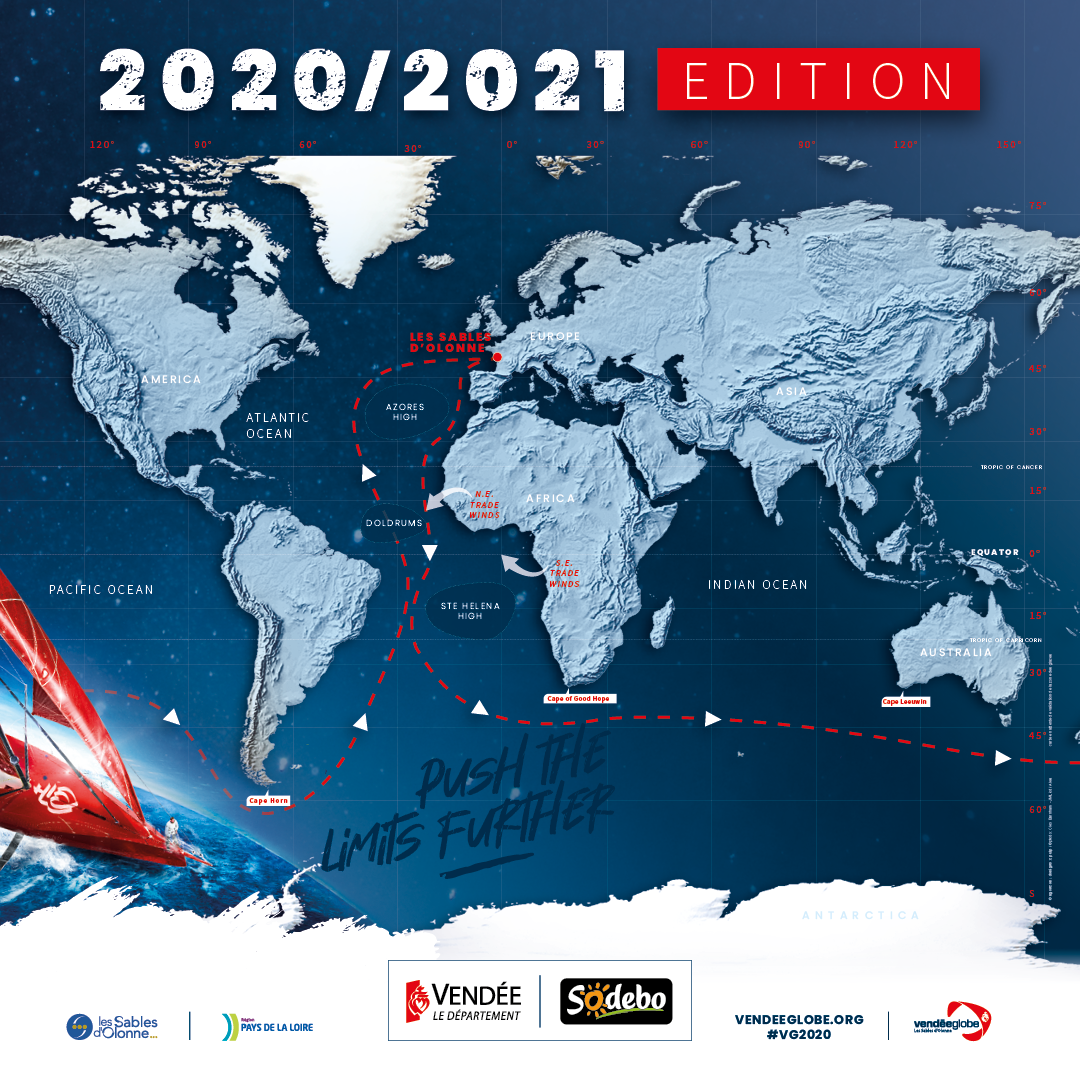

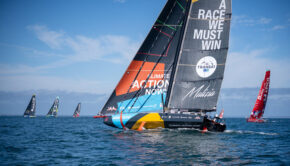
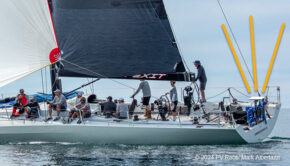
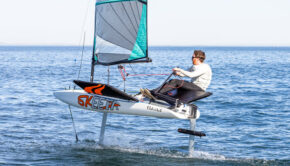
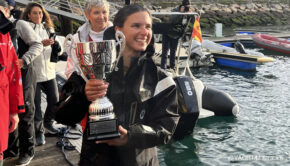
 We’ll keep your information safe.
We’ll keep your information safe.